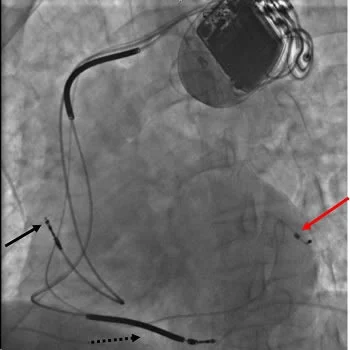According to research published in the Journal of the American Heart Association, patients who had higher activity levels following ICD implantation had better survival. The research will be presented at the Heart Rhythm Society 2015 Scientific Sessions.
ICDs are quite effective in recognising fast, potentially life-threatening heart rhythm disorders and can provide timely shocks to restore a normal rhythm. Nevertheless, a large number of patients who receive ICDs are still at risk of dying because of progression of their disease or other problems.
A large study was conducted by researchers to evaluate the relationship between activity and survival in ICD patients. 98,437 patients from the ALTITUDE registry were studied. 57 percent of these patients had received a new or replacement ICD and 43 percent had received cardiac resynchronisation therapy (CRT-D) devices in 2008-12. For the purpose of the study, patients were followed for a median 2.2 years.
The researchers analysed how active participants were in the first 30-60 days after implantation and then over time up to four years. ICDs automatically collect a patient’s daily activity information by using sensors that are embedded in the device. It thus helps determine if a patient has been active or not.
The findings of the study show that patients who were active after getting an ICD had a 40 percent absolute lower risk of death at four years as compared to those who engaged in the least physical activity. Lower average activity during the first 30-60 days was associated with a 44 percent higher risk of death over time, independent of age, gender or device type. Analysis over several years showed a similar risk of death for every 30 minutes’ difference in activity.
"We expected to see a difference, but we were struck by the magnitude of these results," said Daniel B. Kramer, M.D., M.P.H., lead author of the study and assistant professor of medicine at Harvard Medical School in Boston, Massachusetts. "Patients' functional status clearly predicts survival.”
Dr. Kramer believes that the results of the study provide powerful prognostic information about the outcomes for patients over the next several years. The researchers note however, that the study design only describes the association between activity and survival and that there is a need to conduct more studies to test strategies that could be used to promote activity or change treatment.
Source: American Heart Association
Image Credit: Wikimedia Commons






